When we think of manufacturing, images of assembly lines, machinery, and bustling factories often come to mind. While this traditional view holds some truth, the official definition provided by governments is layered with specific criteria and implications.
Manufacturing is more than just making things; it's a complex sector that plays a significant role in economies worldwide. Governments establish precise guidelines to classify activities as manufacturing, influencing how businesses access support and resources.
Understanding these definitions can demystify eligibility for government schemes, which can be pivotal for companies looking to grow or innovate. Dive into the intricate world of manufacturing definitions and see how these bureaucratic lines are drawn and redrawn, affecting the very fabric of the industrial sector.
- The Evolution of Manufacturing Definitions
- Government Schemes and Their Impact
- Implications for Businesses
- The Future of Manufacturing Policies
The Evolution of Manufacturing Definitions
Manufacturing has been at the heart of industrial progress for centuries, and its definition has evolved significantly over time. In the early days, manufacturing was synonymous with manual craftsmanship, as artisans and skilled workers meticulously created everything from tools to textiles. However, with the advent of the Industrial Revolution in the 18th and 19th centuries, the definition of manufacturing began to transform. The rise of steam engines and mechanized production lines shifted focus from individual craftsmanship to mass production, altering not just the speed but also the scale at which goods were produced. This era marked a pivotal moment, as governments realized the need for policies that would support and regulate these burgeoning industrial activities.
As economies further developed, so did the nuances in defining manufacturing. The 20th century introduced further complications, as new materials and technologies came into play. Chemical, electrical, and electronics manufacturing blurred previous boundaries, requiring fresh regulatory insights and support schemes. During this period, many nations codified their own versions of what constituted manufacturing, often based on the dominant industries within their borders. For instance, in the United States, the advent of the automobile industry's mass assembly lines in the early 1900s became a global standard for manufacturing efficiency. Meanwhile, in regions like Asia, rapid developments in electronics reshaped their definitions and policies surrounding the manufacturing sector.
"Manufacturing has always been at the forefront of technological advancement, each wave of innovation forcing a reevaluation of what manufacturing truly encompasses." - Dr. Lisa Raney, Industrial Historian
Fast forward to the 21st century, and the digital revolution has once again redefined this sector. With technologies like 3D printing, AI, and robotics, manufacturing is no longer confined to towering factories but has expanded into small-scale, high-tech production environments. This shift is prompting current governments to reconsider their definitions and policies, aiming to accommodate the increasing diversity of manufacturing entities. The modern-day definition often includes the entire lifecycle of a product, from design and development to production and recycling. This broad scope is crucial as nations attempt to craft inclusive government schemes that foster innovation while ensuring competitive parity. Differentiating what is considered part of the process from mere auxiliary activities is more important than ever, a task policymakers must navigate with precision and insight.

Government Schemes and Their Impact
Government schemes designed for the manufacturing sector have the potential to significantly alter the landscape of industries striving to innovate and expand. These programs offer financial aids, tax benefits, and infrastructural support, which collectively help businesses reduce their operational costs. This enables firms to invest more in research and development, thereby fostering innovation which is crucial for maintaining competitiveness in the global market. By understanding how the government defines manufacturing, businesses can better navigate these schemes and capitalize on available opportunities.
Take, for example, the Manufacturing Extension Partnership (MEP) in the United States. This program is aimed at enhancing productivity and technological performance. Businesses that meet the government's criteria for manufacturing can access specialized consulting services. These services include strategic business planning, technological innovation strategies, and operational efficiency improvements. Importantly, the success of schemes like the MEP relies heavily on the alignment of industrial definitions with business activities. As businesses comprehend these definitions, they can work more closely with program advisors to tailor technologies and practices to enhance their growth.
The impact of government schemes is not limited to financial support. They also influence the socio-economic environment surrounding the manufacturing community. In India, for instance, the Make in India initiative has created millions of jobs by encouraging domestic and international investments in the sector. Since its inception, the initiative has redefined local manufacturing definitions to accommodate diverse activities ranging from traditional markets to cutting-edge sectors such as electronics and technology. As a direct result of these broadened definitions, the Indian manufacturing industry now contributes substantially to the national GDP, making it a pivotal pillar in the country's economic framework.
"Government support through manufacturing schemes catalyzes a multiplier effect, boosting employment and the overall economy," said James Brown, an economics professor at a leading university.
One must not overlook the influence of international agreements on domestic manufacturing government schemes. Trade agreements can shift how governments define manufacturing, affecting which types of manufacturing receive support. By accurately decoding these schemes in conjunction with evolving trade laws, firms can position themselves strategically in the international marketplace. More than just competitive leverage, understanding these programs can be transformational, encouraging sustainable practices and advanced technology integration within manufacturing entities.
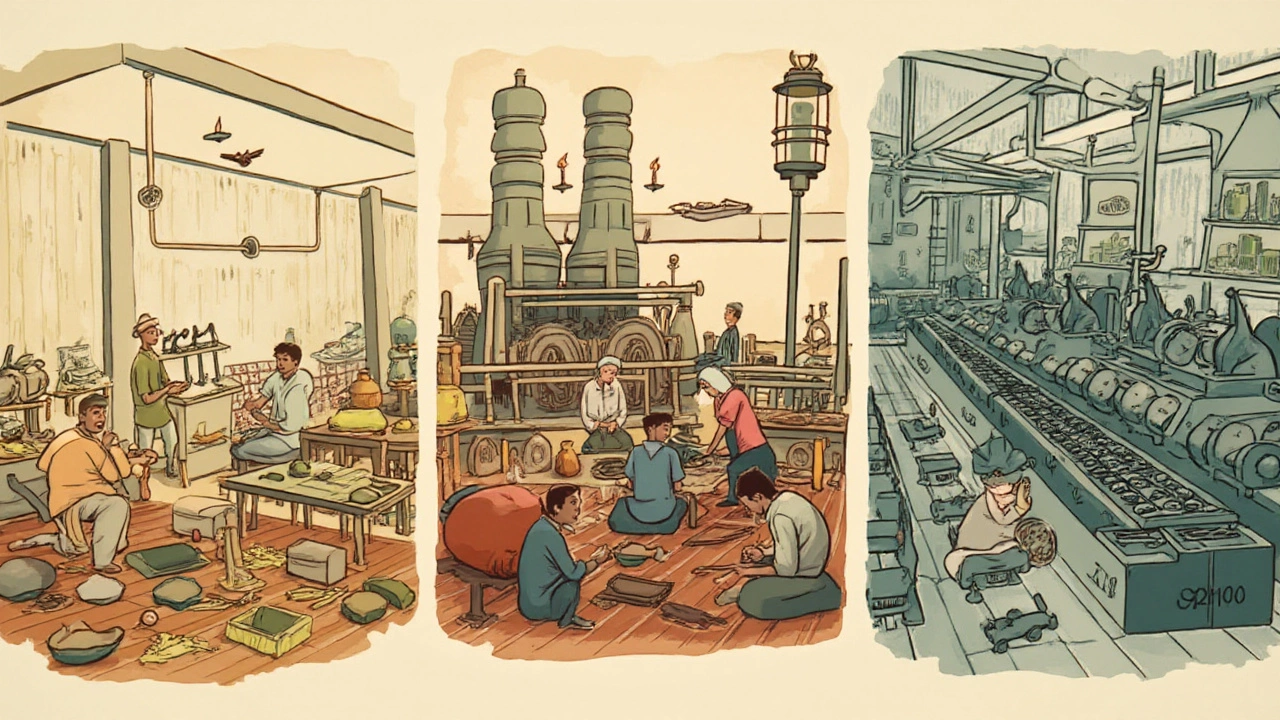
Implications for Businesses
Understanding the government's definition of manufacturing can have profound implications for businesses operating within this vital sector. For companies, especially those in the process of scaling operations or transitioning into new markets, aligning with the government’s prescribed criteria can unlock access to incentives like loans, grants, and tax breaks. Such financial aids are not just helpful—they can be transformative, especially for small to medium enterprises looking to invest in technology upgrades or workforce expansions.
The classification criteria can be quite nuanced. For example, if a business only assembles pre-manufactured parts, it may or may not be labeled as a manufacturing entity depending on specific regional policies. This distinction could mean the difference between receiving a lucrative government contract or missing out entirely. The Industrial Transformation Institute notes, "Understanding these classifications aids companies in strategically positioning themselves to leverage industrial policy benefits."
The nuances in manufacturing definitions offer both challenges and opportunities for businesses. Those who understand and adapt to these policies are often poised to benefit the most, finding new avenues for growth and innovation.
Moreover, businesses should not overlook the ripple effects these definitions have on supply chains and competitive dynamics. If a company is classified under government surveys as a manufacturing enterprise, it may find itself subject to additional regulations concerning labor practices, environmental impact, and product standards. While these regulations aim to maintain quality and ethical standards, they also involve compliance costs and operational shifts that businesses must navigate. Companies adept at managing these changes can often use compliance as a selling point, enhancing their reputation among more conscious consumers and gaining a marketing edge.
Changes in manufacturing definitions can also prompt shifts in industry trends. As policies evolve, businesses might witness fluctuations in the availability of skilled labor, the emergence of new competitors, or even shifts in consumer preferences related to product origins. To stay ahead, continuous education on policy changes and potential impacts is crucial. Consulting with industry experts, attending government briefings, and participating in trade associations can provide insights and foresight, helping companies align their strategies with the changing industrial landscape. Such proactive engagement not only safeguards a company’s current position but lays a foundation for sustainable growth.

The Future of Manufacturing Policies
As we chart the course for the next era of manufacturing policies, it's clear we are navigating through a rapidly changing landscape influenced by technological advancements, globalization, and environmental considerations. These factors compel governments to redefine what constitutes manufacturing and, importantly, what it should aspire to achieve. This redefinition needs to align with the dynamic demands of the digital age, where automation, AI, and the Internet of Things (IoT) are reshaping traditional industrial operations.
One of the remarkable trends shaping the future is the shift towards more sustainable and eco-friendly manufacturing processes. Governments worldwide are crafting policies to promote green manufacturing technologies that reduce carbon footprints and minimize resource consumption. This is not merely about compliance but also how it translates to competitive advantages in aligning businesses with consumer expectations for sustainable practices. In fact, a report from the International Energy Agency highlights that transforming the manufacturing sector could cut global CO2 emissions by nearly 20%, a significant leap toward mitigating climate change impacts.
"Sustainability is the new mantra that will define manufacturing in the 21st century," noted Dr. Emily Chang, a leading expert in industrial sustainability.
Further, embracing technology is indispensable for manufacturing policies of the future. The digital transformation of manufacturing processes—often referred to as Industry 4.0—calls for policies that support innovation and integration of high-tech solutions. This means fostering an environment conducive to research and development through incentives and subsidies, helping firms to leverage cloud computing, AI-driven analytics, and robotics. These are not mere add-ons; they are the backbone of a resilient manufacturing ecosystem capable of withstanding external shocks and adapting swiftly to market changes.
Amidst technological and environmental shifts, geopolitical dynamics also play a crucial role in shaping future policies. Trade agreements, for instance, must evolve to consider the implications of manufacturing across borders. The rise of protectionism in various regions prompts recalibrations that influence how international supply chains are structured. Policies not only need to bolster domestic industries but also ensure they are competitive on the global stage by adopting strategies that promote collaborative production networks.
Lastly, the human element cannot be overlooked. Future manufacturing policies must include frameworks for upskilling the workforce, recognizing the shift from low-skill repetitive tasks to high-skill, technologically driven roles. Educational reforms and vocational training programs need synchronization with industry needs to prepare a workforce that is not just operationally adept but also innovative and resilient. Governments may introduce tax breaks for companies providing ongoing employee education and skill enhancement, emphasizing that human capital remains the most critical asset in manufacturing's future roadmap.


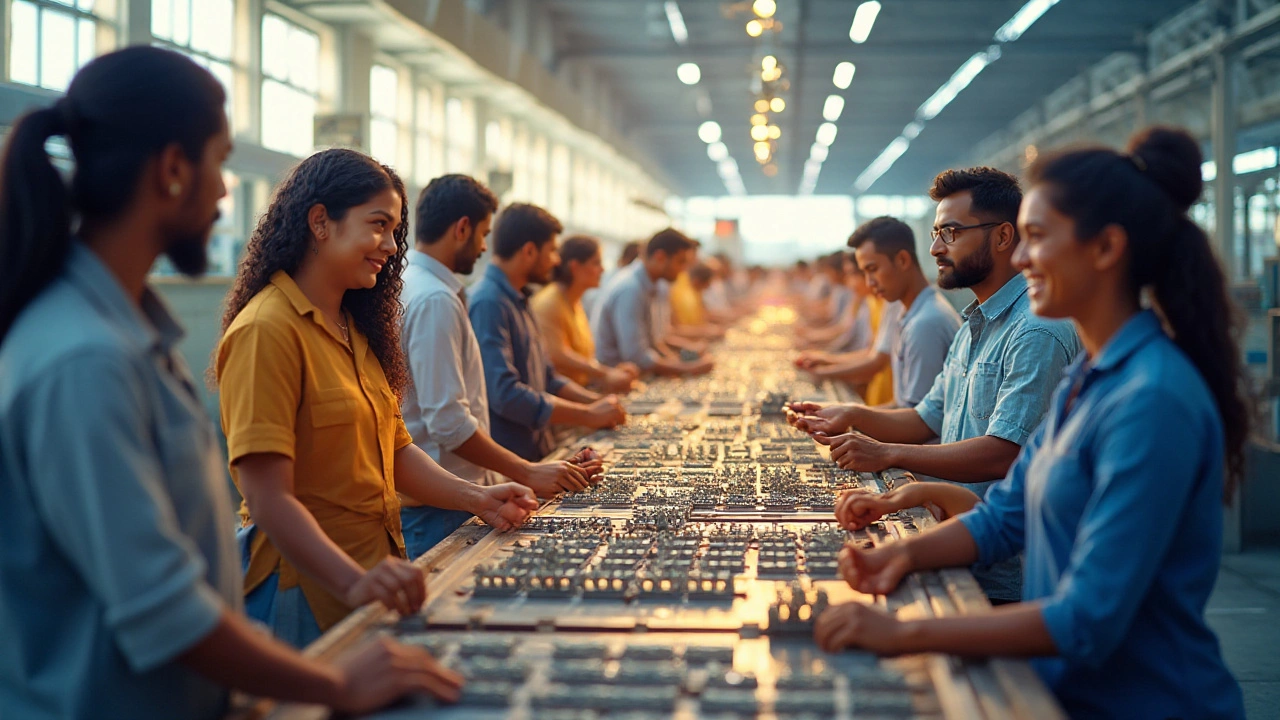

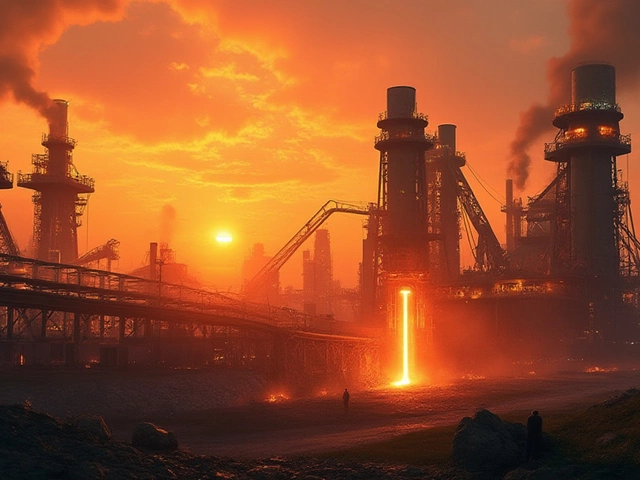
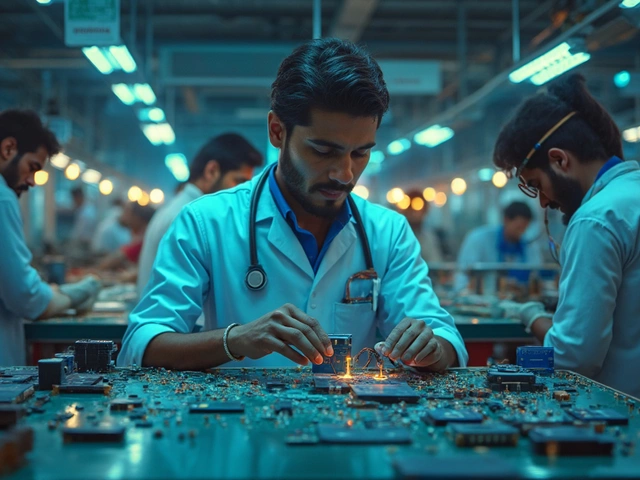
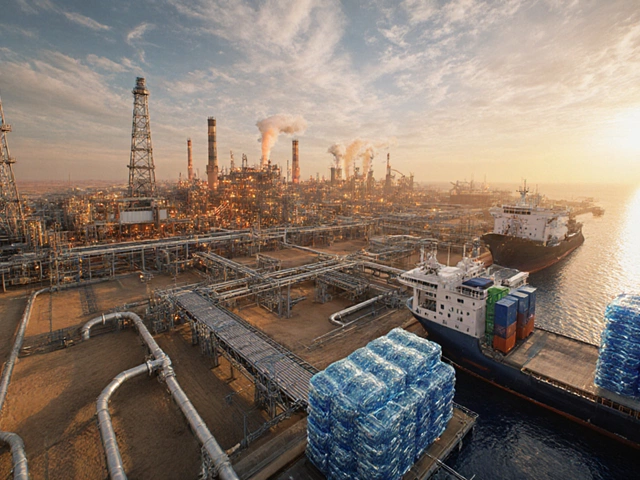
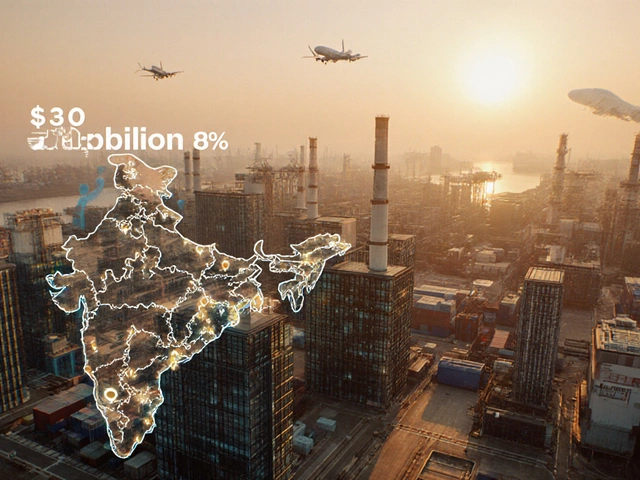

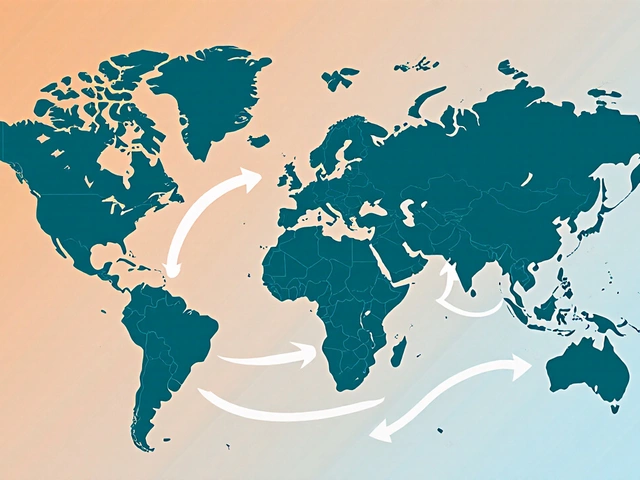
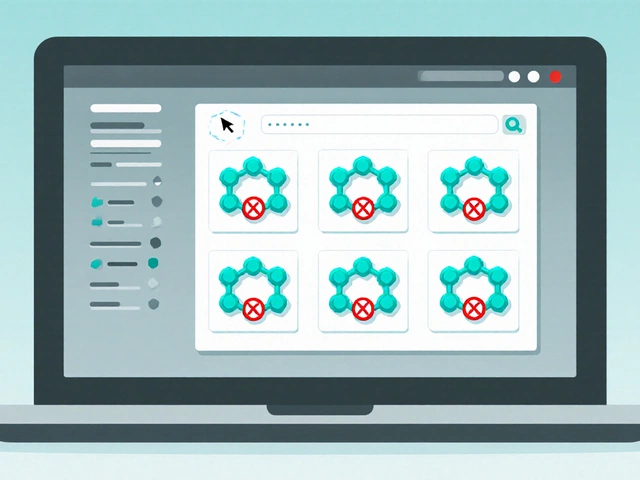
Write a comment